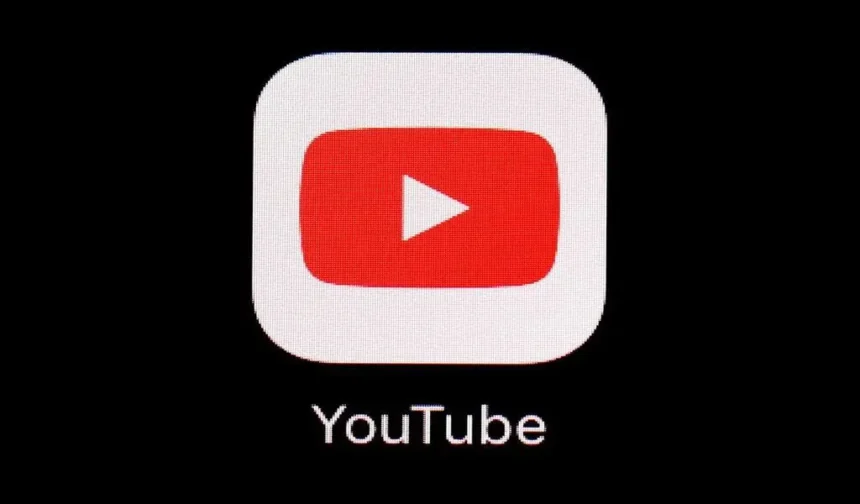(CTN News) – YouTube is going to start testing a new age verification system in the US on Wednesday. The technology will utilize the videos that viewers have previously viewed.
Using artificial intelligence, this method will be able to distinguish between adults and children depending on the movies that users have watched.
If technology can predict viewer ages like it does elsewhere, it could be more widely used. The approach may eventually become more widespread, even though the trial will initially only affect a tiny portion of YouTube viewing in the US.
US YouTube viewers are likely to climb, explaining this pattern
Regardless of whether a person is signed onto their account or not, the algorithm will establish their age. Regardless of whether the user entered their birthdate when they signed up for the service, this is the situation.
Users must be logged into their accounts for the system to function properly. YouTube will apply the standard controls and restrictions that are currently in place on the website if the system finds that a viewer who is logged in is younger than 18 and is therefore a minor.
Children under the age of eighteen are prohibited from participating in activities deemed unsuitable for their age group, such as watching movies. This is done in an effort to stop them from doing such things.
There are a number of protections that have been included, such as warnings about potential privacy concerns, suggestions to take a break from the screen, and restrictions on the number of videos that are suggested.
YouTube, which has been owned by Google for almost twenty years, does not broadcast advertisements that are tailored to the tastes of individual users, nor does it do so if the viewer is younger than eighteen years old.
Give YouTube a selfie, credit card, or government-issued ID to remedy this
If the system mistakenly classifies the viewer as a minor, you can rectify the issue. In a blog post about the age-verification system, James Beser, director of product management for the video service, said, “YouTube is proud to once again be at the forefront of introducing technology that enables us to deliver safety protections while preserving teen privacy.”
One of the first platforms to specifically design experiences for young people was YouTube. While it will still be possible for users to watch videos on YouTube without logging in, doing so will cause some content to be automatically blocked if the user fails to provide proof of age before the content is accepted.
Political pressure on companies to improve age verification to shield children from harmful content has grown since the U.S. Supreme Court upheld Texas legislation in late June that sought to prohibit minors from viewing pornography online.
This is because the regulation aimed to protect children from inappropriate content. In order to keep people under the age of eighteen from accessing pornographic material on the internet, the law was passed.
Others argue that Apple and Google, the two main stores for smartphone apps, should bear the majority of the burden, even if some companies, like YouTube, have stepped up their efforts to verify the ages of their users.
Among these businesses, YouTube is but one. Nevertheless, these two titans of technology have chosen not to adopt this perspective.
Many groups that support digital rights, such as the Electronic Frontier Foundation and the Center for Democracy & Technology, have expressed concern that age verification could violate the First Amendment’s guarantees of free speech and violate consumers’ right to privacy.
SOURCE: USN
SEE ALSO:
Digital Product Passport: EU’s New Standard for Transparency
Thai Gamers Flocking to RedShop Online for Gaming IDs and Card Games
Epic Games Wins a Crucial Victory Versus Google in the App Store Monopoly Case















